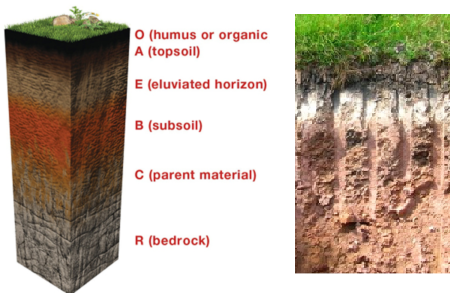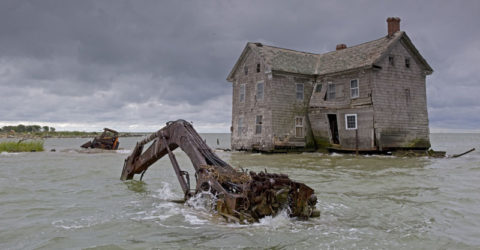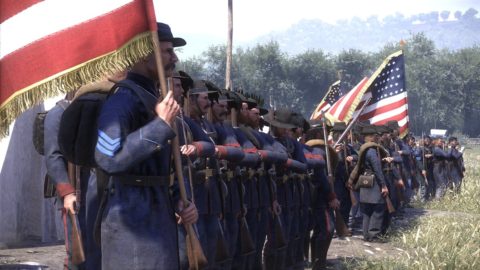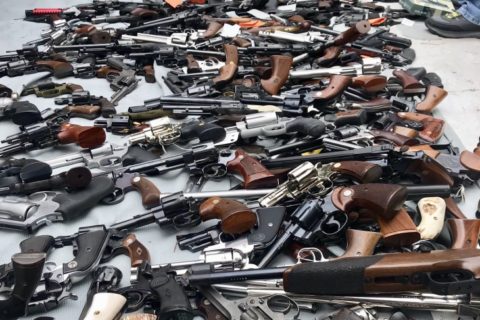Podcast: Play in new window | Download
Subscribe: RSS
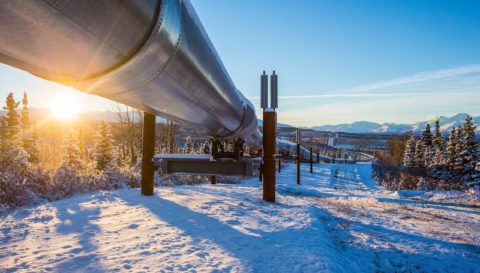
The 800-mile-long Alaska Pipeline, one of the wonders of the industrial world, is about to become a victim of climate change. But it really doesn’t matter much.
One of my favorite things is to connect two major news stories, each of which is credible on its own, but one of which cancels the other. One of my least favorite things is the shoddy journalism that goes into one of the stories. So today is the best of days, and the worst of days.
Story number one is alarming on its face, and at that somewhat understates the danger: “Alaska: One of the World’s Largest Pipelines Threatened by Thawing Permafrost,” blares one of the many headlines seen around the world. The fact is, the pipeline is doomed. On the other hand, it’s not going to matter very much. Continue reading
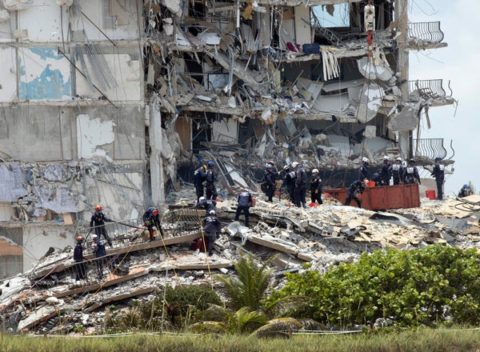
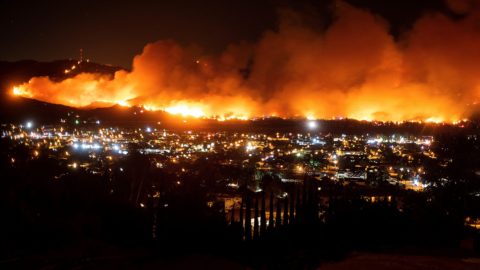
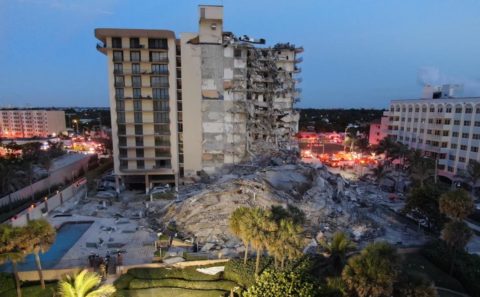 It is quite likely that America has lost its first high-rise building to climate change and the resulting sea level rise. The collapse of South Champlain Towers in Miami Beach early Thursday morning is unprecedented in American history. Buildings under construction, or damaged by explosions or impacts, have collapsed, but never an untouched building on a quiet, cloudless night.
It is quite likely that America has lost its first high-rise building to climate change and the resulting sea level rise. The collapse of South Champlain Towers in Miami Beach early Thursday morning is unprecedented in American history. Buildings under construction, or damaged by explosions or impacts, have collapsed, but never an untouched building on a quiet, cloudless night. 